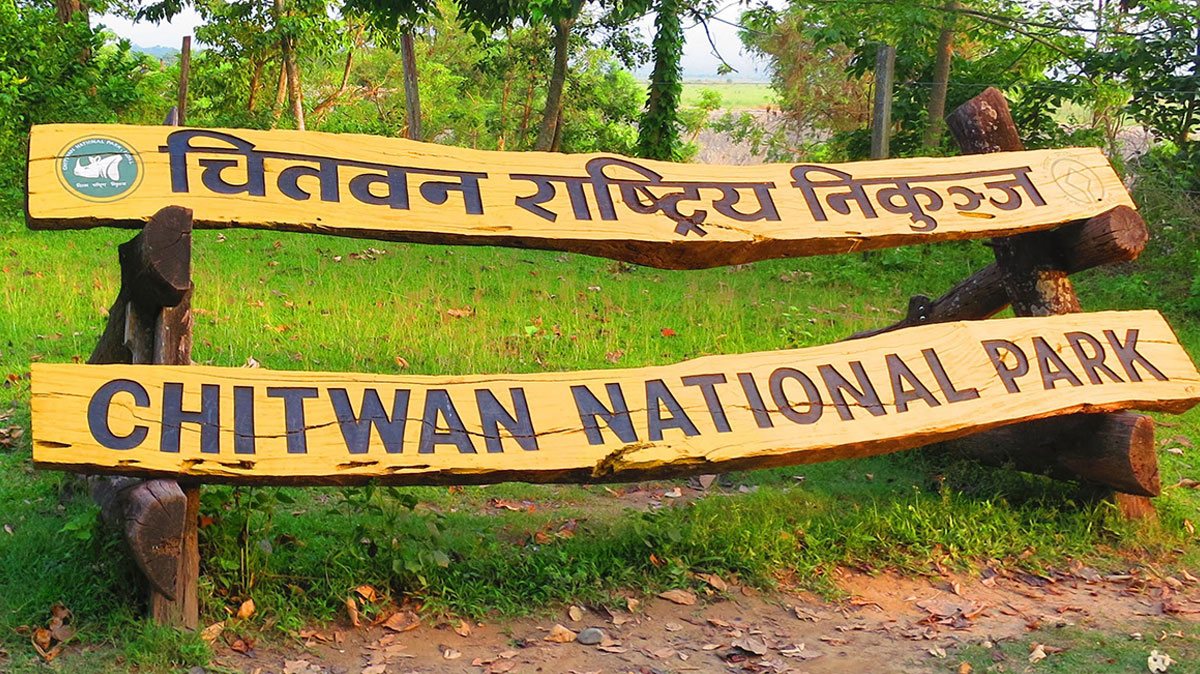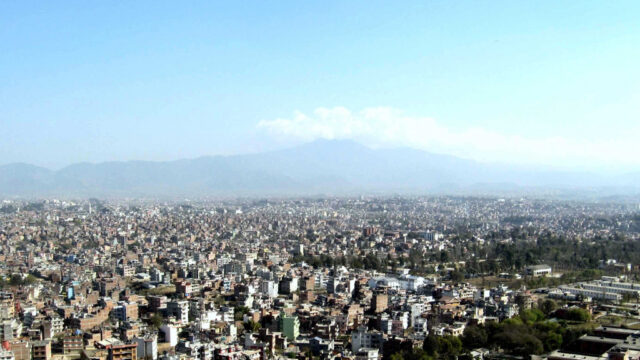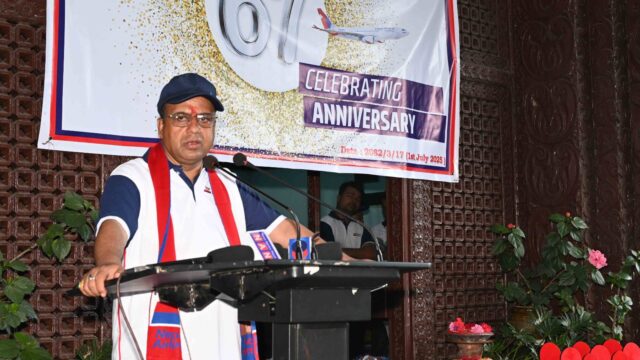This year, a significant decline in the number and species of waterbirds has been observed in the wetlands surrounding the Narayani and Rapti rivers within Chitwan National Park. According to Manesh Limbu, the Central Zone Coordinator and bird expert at the park, the ongoing waterbird census has recorded fewer species and lower numbers compared to previous years.
“Last year, we documented 47 species of waterbirds during the census, but this year, only 28 species have been identified,” Limbu stated. He also mentioned that even small bird populations have been recorded in lower numbers. Species like the Jure Hutityau (Pied Kingfisher) and Chitra Dangga (Painted Stork), which were commonly counted in the past, were not observed this year. However, populations of species such as Chakhewa (Indian Spot-Billed Duck) and Khoya Hans (Lesser Whistling Duck) remain consistent.
Limbu pointed to increased pollution in the rivers as a possible factor contributing to the decline in waterbird numbers in the area.
Discovery of a New Species
Despite the concerning trends, the census revealed a notable discovery: the Black-Headed Bunting was spotted for the first time in Chitwan National Park. “This is a new species for the region. We had never recorded it in the park before,” Limbu said, adding that the bird was sighted two weeks ago. These migratory birds travel from colder regions like the Arctic, Russia, China, and Mongolia to seek warmth and food during winter.
Extended Census Plans
The waterbird census is being conducted across Nepal’s wetlands, lakes, and rivers to assess the population, species diversity, and habitat conditions. In Chitwan National Park’s western areas and Nawalpur’s wetlands, the census is scheduled for January 10. DB Chaudhary, another coordinator, highlighted that the census, which runs from January 4 to January 20, is conducted in collaboration with various organizations and volunteers.
“We have planned to carry out the census on January 13 and 14, aligning with the availability of volunteer counters, including hoteliers and nature guides,” Chaudhary stated.
The census is organized into five groups, covering different areas over two days. It aims to collect data on both resident and migratory waterbirds that depend on aquatic ecosystems. While preliminary results will be available shortly after the census, a detailed report will be published during Wildlife Week, celebrated from April 13 to 19, Chaudhary added.
This year’s findings will provide valuable insights into the state of Nepal’s wetland ecosystems and the impact of environmental challenges on its avian biodiversity.





